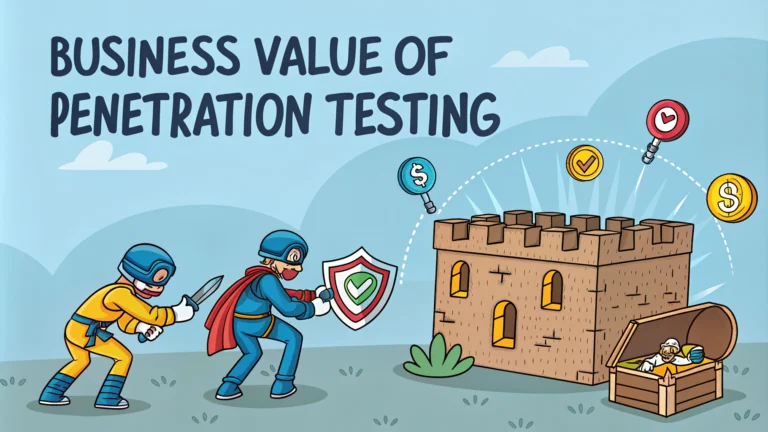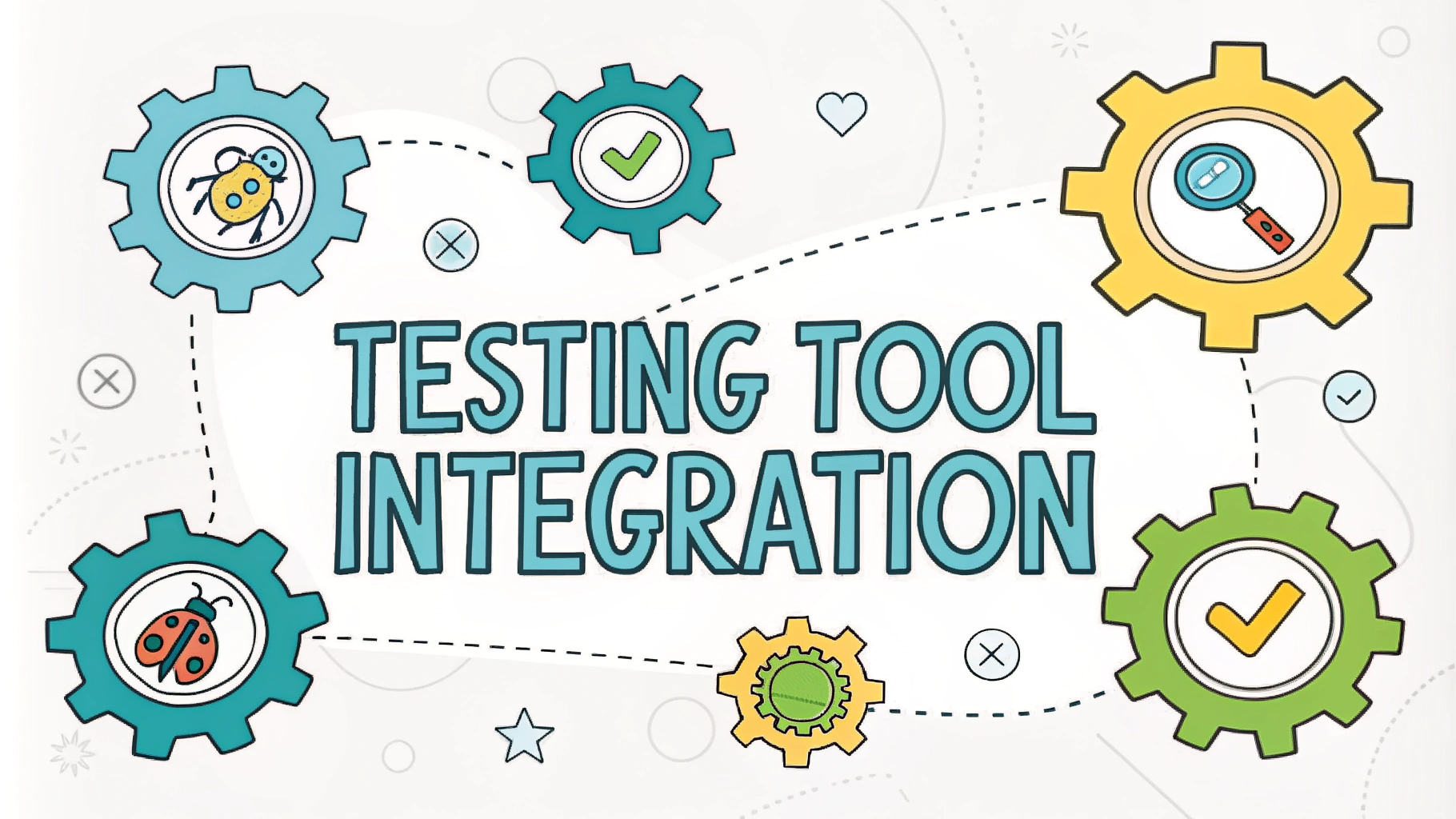Penetration testing delivers measurable business value by identifying and helping fix security vulnerabilities before malicious hackers can exploit them.
Key Business Benefits of Penetration Testing
- Cost Savings – Finding and fixing vulnerabilities early costs significantly less than dealing with a data breach
- Risk Reduction – Regular testing helps prevent expensive security incidents and maintains business continuity
- Compliance – Many regulations like PCI DSS explicitly require penetration testing
- Customer Trust – Demonstrating security commitment helps retain customers and win new business
ROI of Penetration Testing
The average cost of a data breach reached $4.35 million in 2022 according to IBM, while typical penetration testing engagements range from $4,000 to $100,000.
Cost-Benefit Analysis:
| Investment | Potential Savings |
|---|---|
| Penetration Test: $10,000 | Breach Prevention: $4,350,000 |
| Remediation: $50,000 | Brand Protection: $1,500,000 |
Business-Driven Testing Approach
- Align with Business Goals – Focus testing on critical business systems and data
- Risk-Based Priority – Address high-risk vulnerabilities first
- Clear Reporting – Provide actionable recommendations with business impact analysis
Real Business Impact Examples
- E-commerce sites: Prevention of payment data theft
- Healthcare: Protection of patient records and HIPAA compliance
- Financial services: Safeguarding of financial transactions and customer data
Making the Business Case
Security teams can justify penetration testing investment by highlighting:
- Direct cost savings from prevented breaches
- Competitive advantage in security-conscious markets
- Insurance premium reductions
- Operational efficiency improvements
Recommended Testing Frequency
- High-risk industries: Quarterly testing
- Medium-risk industries: Bi-annual testing
- Low-risk industries: Annual testing
- After major system changes: Additional targeted testing
Contact certified penetration testing providers through organizations like CREST (www.crest-approved.org) or EC-Council (www.eccouncil.org) to begin your security testing program.
Testing Program Implementation
- Scope Definition – Clearly outline systems and applications to be tested
- Resource Allocation – Assign dedicated personnel and budget
- Vendor Selection – Choose qualified providers with relevant industry experience
- Documentation – Maintain detailed records of findings and remediation
Integration with Security Programs
- Vulnerability Management – Coordinate with ongoing scanning and patching
- Incident Response – Use findings to improve incident handling procedures
- Security Training – Educate developers about common vulnerabilities found
- Risk Assessment – Feed results into organizational risk analysis
Measuring Success
Key Performance Indicators:
- Reduction in critical vulnerabilities over time
- Time to remediation improvements
- Security incident reduction
- Compliance achievement rates
Conclusion
Penetration testing represents a critical investment in organizational security, offering substantial returns through risk reduction and breach prevention. Success requires:
- Consistent executive support and resource commitment
- Integration with broader security initiatives
- Regular testing schedule adherence
- Continuous program improvement based on results
Organizations that implement comprehensive penetration testing programs demonstrate security leadership and protect their most valuable assets from evolving cyber threats.
FAQs
- What is the primary business value of penetration testing?
Penetration testing helps organizations identify security vulnerabilities before malicious attackers can exploit them, reducing the risk of data breaches, financial losses, and reputational damage. - How does penetration testing help with regulatory compliance?
Many regulations like PCI DSS, HIPAA, and SOX require regular security assessments. Penetration testing helps organizations meet these compliance requirements and avoid potential fines or penalties. - What is the ROI of penetration testing?
The ROI of penetration testing is demonstrated through prevented breach costs, which can include legal fees, regulatory fines, customer compensation, and reputation recovery expenses that typically far exceed the cost of testing. - How frequently should businesses conduct penetration testing?
Organizations should conduct penetration testing at least annually, after significant infrastructure changes, following major application updates, or when required by compliance regulations. - What business assets can penetration testing protect?
Penetration testing can protect customer data, intellectual property, financial information, employee records, business operations, and brand reputation. - How does penetration testing support business continuity?
By identifying and addressing vulnerabilities proactively, penetration testing helps prevent security incidents that could lead to business disruption, system downtime, and loss of productivity. - Can penetration testing improve customer trust?
Yes, regular penetration testing demonstrates a commitment to security, which enhances customer confidence, trust, and loyalty, particularly for businesses handling sensitive customer data. - How does penetration testing affect cyber insurance premiums?
Regular penetration testing can lead to lower cyber insurance premiums as it demonstrates proactive security measures and risk management, making the organization a lower risk for insurers. - What competitive advantages does penetration testing provide?
Organizations that conduct regular penetration testing can demonstrate superior security practices, which can be a differentiator in winning contracts, particularly in industries where security is a prime concern. - How does penetration testing support merger and acquisition processes?
Penetration testing helps identify security risks during due diligence, potentially affecting company valuation and highlighting necessary security investments before completing M&A transactions.







